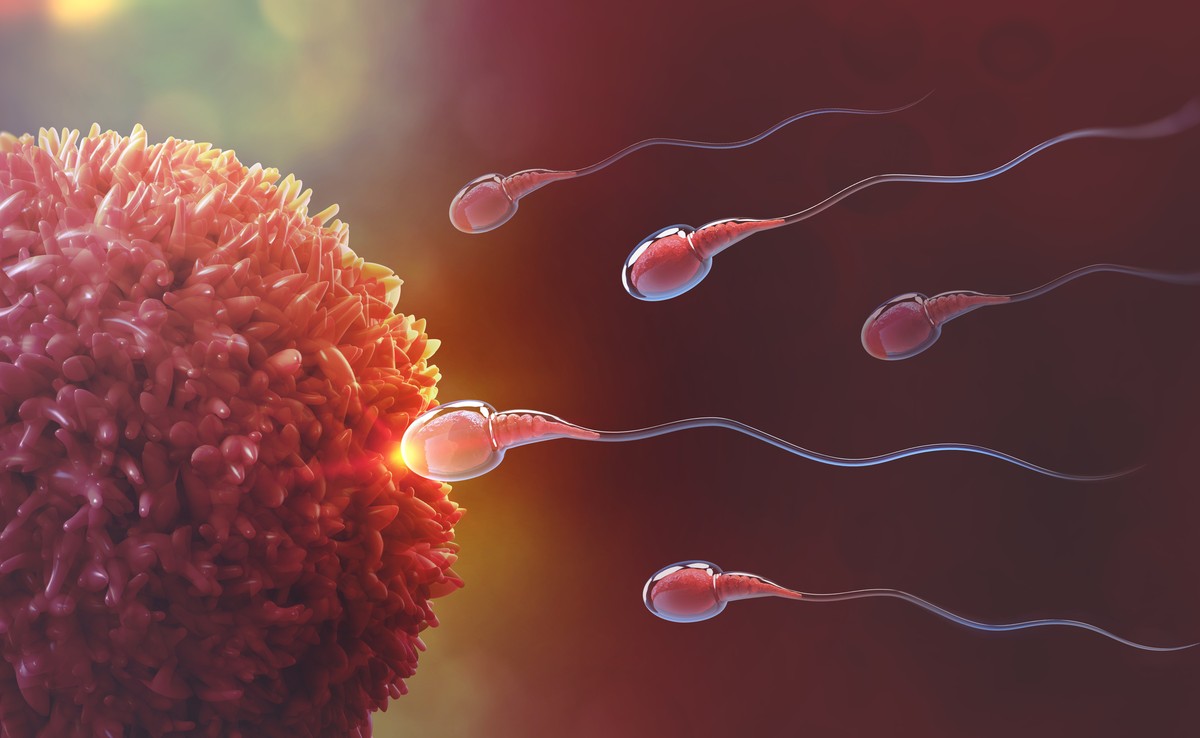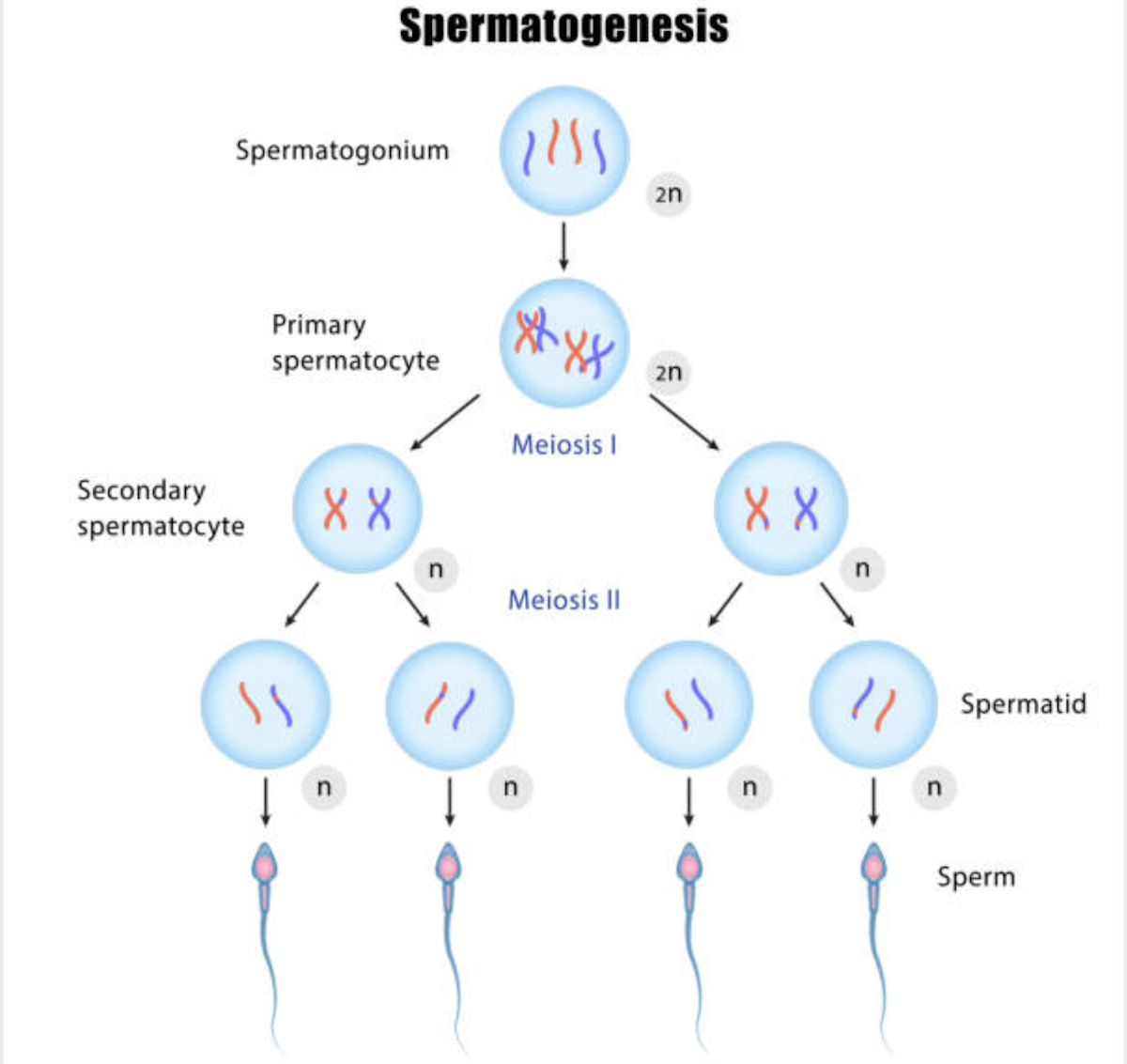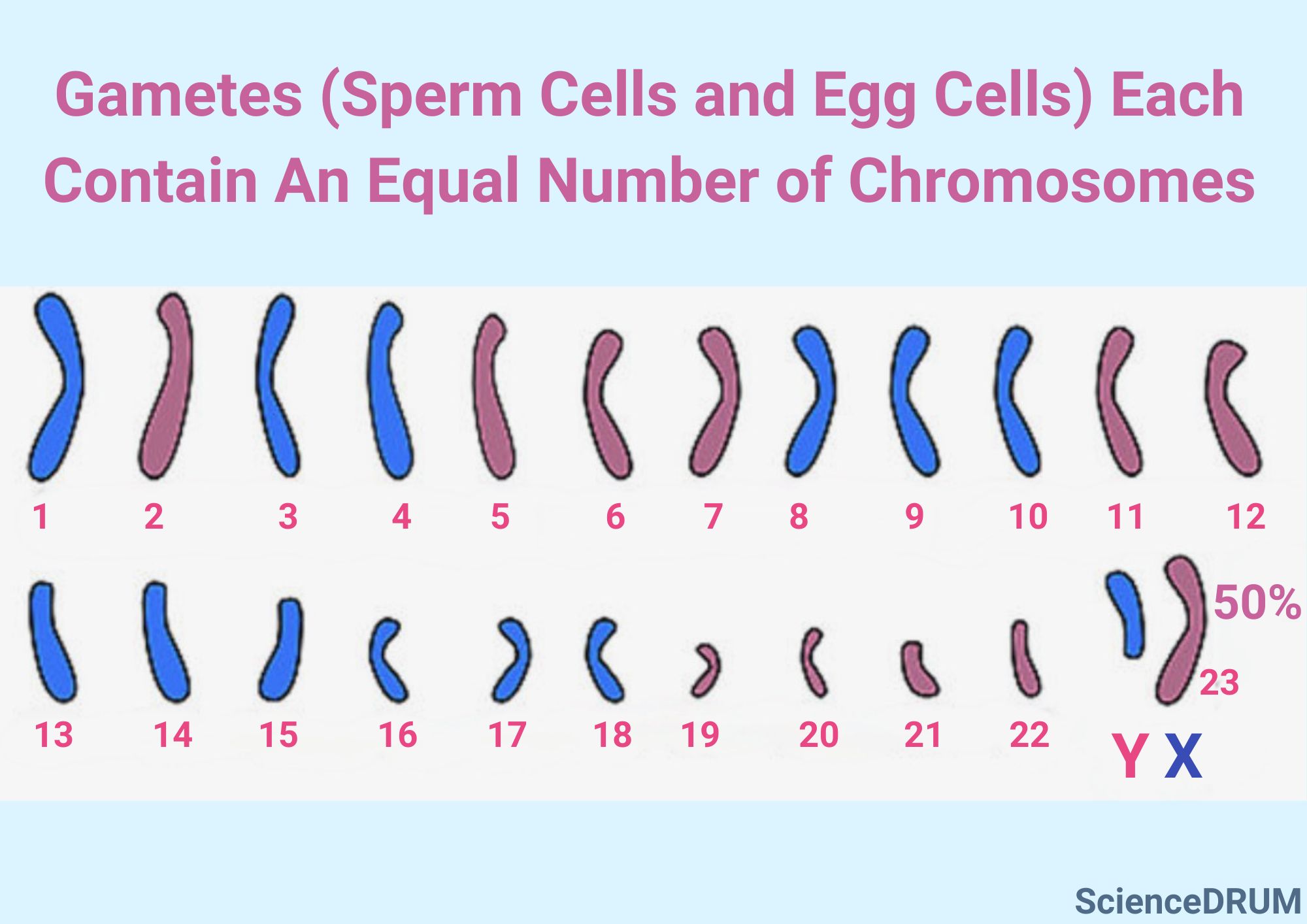
Gametes are sex cells and are vital for sexual reproduction. Unlike the diploid cells that make up the majority of cells in the human body, gametes are haploid cells, meaning they have only one set of chromosomes. In humans, gametes (sperm cells and egg cells) have 23 chromosomes each.
In this article, we look into the unique characteristics of gametes and why human gametes have 23 chromosomes.
What Are the Different Types of Cells in the Human Body?
There are two main types of cells in the human body — somatic cells and germ cells. Somatic cells make up the various tissues and organs in the body.
They have two copies of each chromosome (one from each parent) and are called diploid cells. Germ cells, on the other hand, are responsible for producing gametes. They have only one copy of each chromosome and are called haploid cells.
Gametes and Chromosomes
Gametes are specialized cells that carry genetic information, while chromosomes are the structures containing the genetic material.
In humans, gametes are called sperm cells in males and ova or egg cells in females. Sperm and eggs are unique cells because they contain half the number of chromosomes found in a regular body cell.
This is because gametes are designed to combine with another gamete during fertilization, which restores the diploid number of chromosomes in the resulting zygote.
Chromosomes are thread-like structures made up of DNA and proteins. Ensuring the right number of chromosomes is vital for the right genetic makeup (called genotype), which in turn affects their physical characteristics (called phenotype).
The DNA molecule that makes up the chromosomes contains genes — segments of DNA that encode specific traits or characteristics. These traits can be either dominant or recessive, and their expression is influenced by a variety of factors, including environmental factors and interactions with other genes.
During fertilization, the sperm and egg combine to form a zygote, which undergoes cell division and differentiation to form a new individual with a unique combination of genes inherited from both parents.
How Are Gametes Formed?


Gametes are formed through a process called meiosis, which involves the division of a diploid cell into four haploid cells. The process of meiosis occurs in two stages, known as meiosis I and meiosis II.
During meiosis I, homologous chromosomes pair up and exchange genetic material through a process called crossing over. This results in the formation of four new daughter cells, each containing a unique combination of genetic information from the parent cell.
During meiosis II, each daughter cell undergoes another round of division, resulting in the formation of four haploid gametes, each containing a single set of chromosomes. Gametes are vital for sexual reproduction because it allows for the combination of genetic material from two individuals to produce offspring with a unique combination of genetic traits.
The unique combination of genetic material also ensures genetic diversity within a population, which is important for the survival of a species. The process of gamete formation is regulated by a complex set of genetic and environmental factors.
Hormones such as testosterone and estrogen play a critical role in the development and maturation of gametes. Environmental factors such as temperature, nutrition, and exposure to toxins can also affect gamete production and quality. {1}
How Many Chromosomes Do Gametes Have?

Human gametes have half the number of chromosomes found in somatic cells. This means that each human gamete contains 23 chromosomes, instead of the usual 46.
The Importance of Chromosome Count in Gametes
Chromosome count in gametes is critical for successful sexual reproduction and the formation of viable offspring. The haploid chromosome count of gametes is necessary for the fusion of male and female gametes during fertilization, which results in the formation of a diploid zygote with the full complement of 46 chromosomes.
If there are errors in the chromosome count in gametes, it can lead to chromosomal abnormalities in the offspring, which can have serious consequences on their health and development. For example, Down syndrome is caused by an extra copy of chromosome 21, resulting in a total of 47 chromosomes in the affected individual’s cells.
This extra chromosome can lead to developmental delays, intellectual disability, and other health issues. Errors in chromosome count can occur during meiosis, the process by which gametes are formed.
For example, nondisjunction is a common meiotic error where chromosomes fail to separate properly during cell division, leading to gametes with an abnormal chromosome number. If a nondisjunction event occurs during meiosis I, it can lead to the formation of gametes with an extra chromosome, while nondisjunction during meiosis II can lead to gametes with a missing chromosome.
The importance of chromosome count in gametes also extends to genetic diversity and evolution. The unique combination of chromosomes and genetic information in gametes leads to a wide range of genetic variation, which is essential for adaptation and survival of species.
This genetic variation also allows for selective breeding and the development of new crop varieties and livestock breeds.
Frequently Asked Questions
Sources
1 – University of Nebraska-Lincoln: “Meiosis: Gamete formation.”
2 – Department of Health, State Government of Victoria, Australia: “Trisomy disorders.”